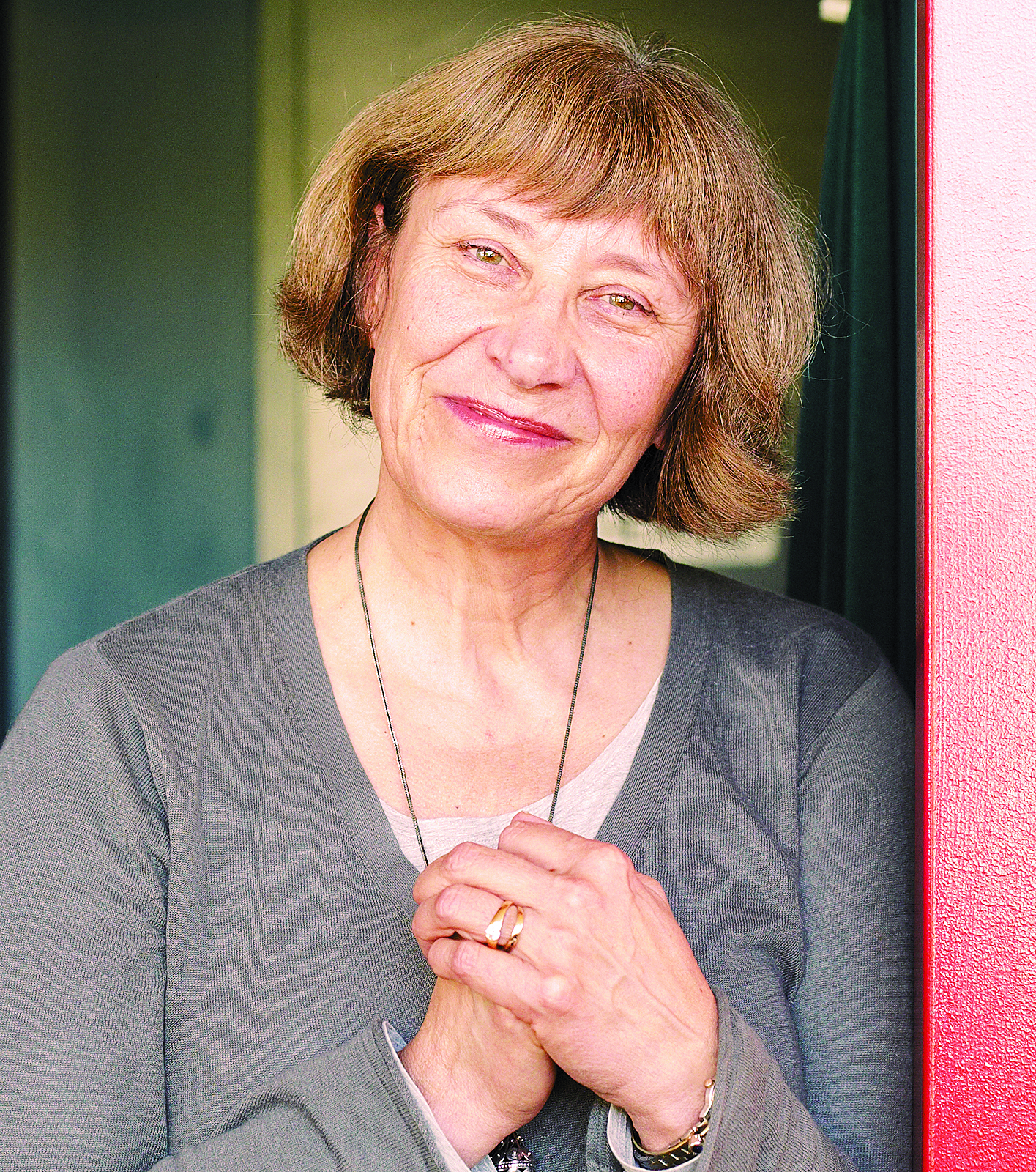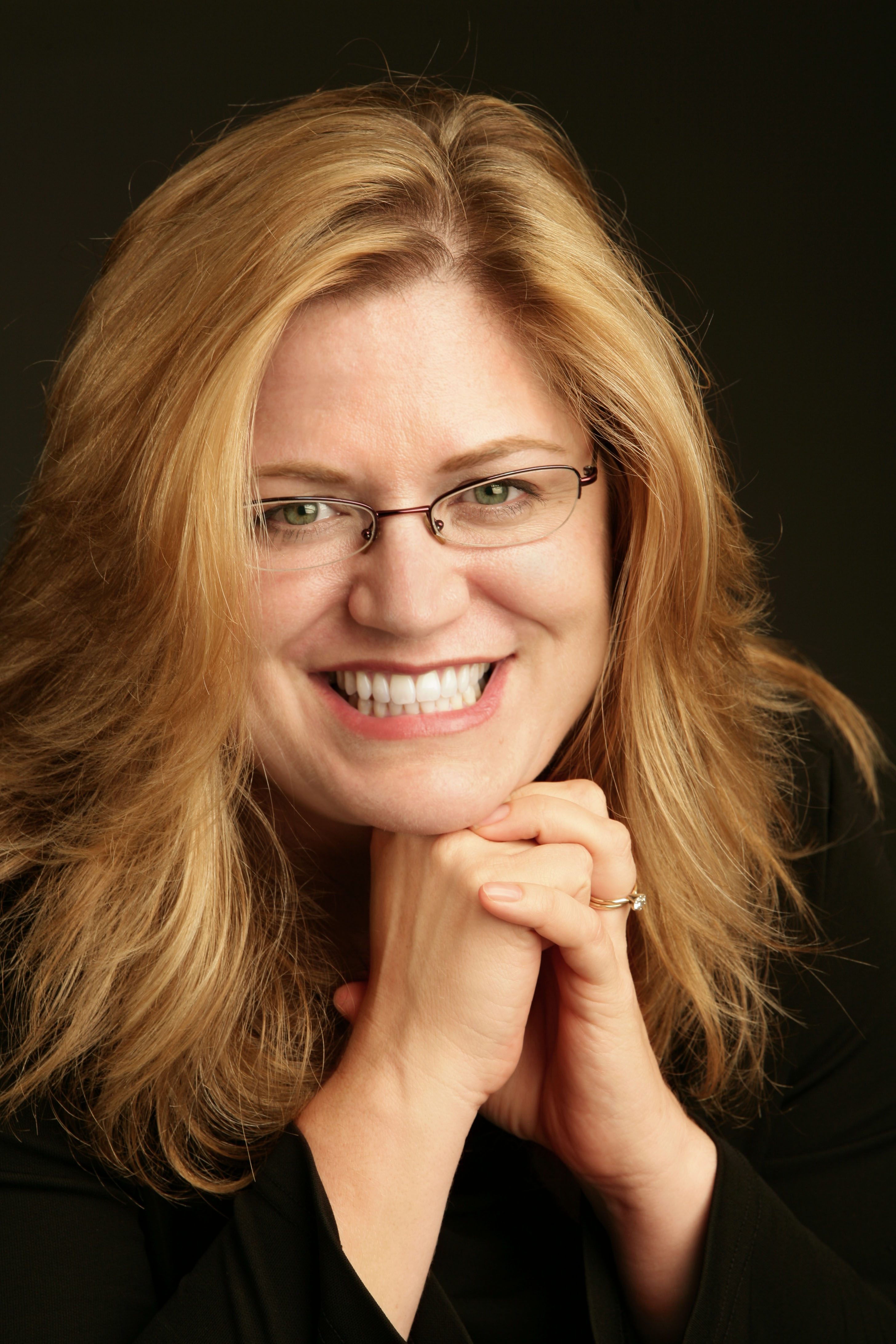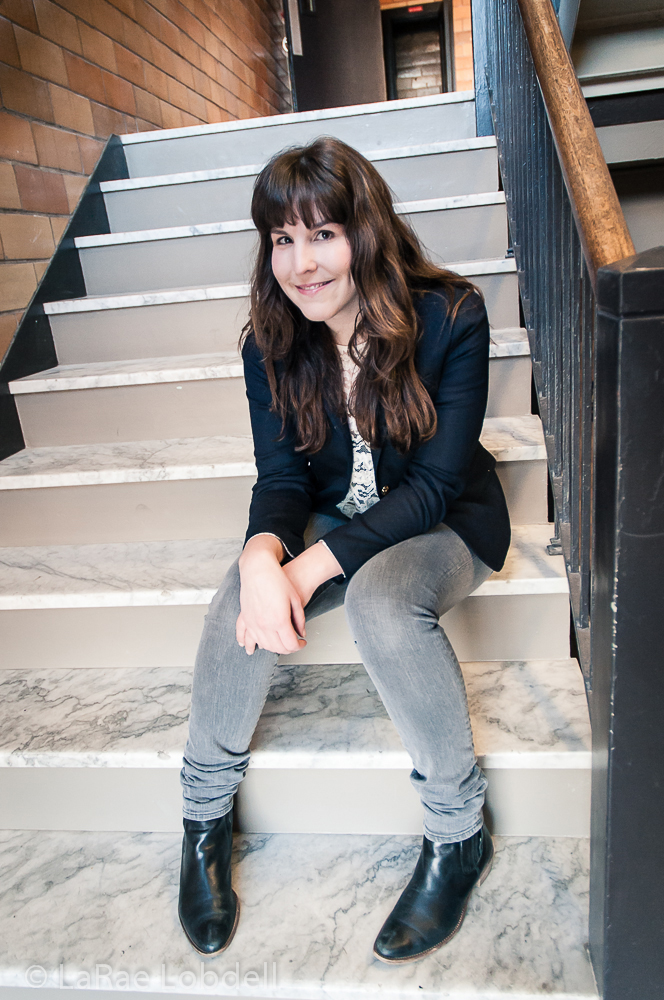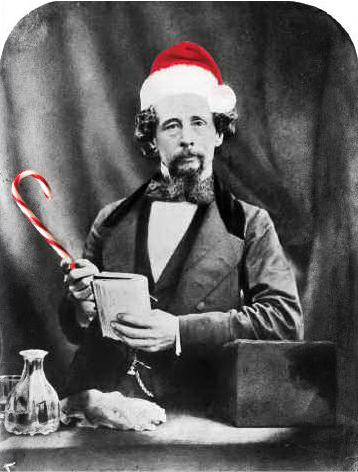I’m in a car with several staffers from Freehold Theatre, and we’re almost at the Washington Corrections Center for Women in Purdy, near Gig Harbor. As if in welcome, God pulls a sly joke. The spring rain dissolves, and into the air leaps a perfect rainbow overarching the road before us. As we round the corner, we can see that one of the ends of the rainbow comes down smack dab in the middle of the institution, a collection of squat buildings surrounded by fencing and surmounted by a guard tower. It’s Prison, the Disney version.
The inside is surprising as well—much less drab and awful than you might think, reminding me of a well-maintained grade school, with low concrete buildings, dark primary colors, gardens, and a fair amount of green space. Just ignore the bales of razor wire at the fences.
When the inmates begin rehearsing with the Freehold staff, it becomes apparent just how much fun you can have in state prison. The 20 cast members have to be pulled to focus by the director, Robin Lynn Smith, but their energy has a summer-camp feel, with lots of giggling and jokes. After a few minutes, I’m aware of a ridiculous impulse to study the inmates’ faces, as if careful scrutiny will reveal the crime that brought them here. But all I see is a group of young women (some shockingly young; a few appear to be teenagers) dressed in sweatpants and T-shirts, laughing, singing, and helping each other with lines and blocking.
The Engaged Theatre program is now in its third year, bringing productions into prisons and helping inmates shape their own writing into original theater pieces. It’s an exercise in community theater, with the “community” being prison. This year’s play is a collection of scenes, spoken word, and movement about the legendary warrior woman Sista Souljah. The narrative is fractured and tough to follow, and the rehearsal at times verges on good-natured chaos, but it’s obvious that process is more important than product.
“Things here are tremendously routine and mundane,” explains Amy, a sweet-faced twentysomething who had some community-theater experience before her imprisonment. “This is really precious. It’s so different from everything else because we’re allowed to make some choices. We get to act it out like we want to act it out. It’s not someone telling us, ‘Stand here, do this’; it’s owning our own work and getting a say in how it’s expressed.”
Though there actually are strict parameters on what they can say and how they express it. No profanity, and the inmates have a host of rules involving physical contact—no full-on embraces, for example, which could hide contraband or a knife. At one point in the rehearsal, an older woman named England freezes, her arm raised over another actor in a pantomime of violence. “Sorry, one of the guards is watching,” she says, and someone exits to explain that it’s a rehearsal and he doesn’t have to get on his radio.
England’s got reason to be concerned; she’s got a long history of infractions, and with a little more than a month left before her release, she’s not interested in taking any chances. “I’ve always been a troublemaker, and taking part in this is completely out of character,” she says later. “All of my friends are amazed I’m doing something like this.”
When I return to Purdy shortly before the group’s final performance, there’s been remarkable progress. No dropped lines, no distractions; the women are focused and working as an ensemble. And there’s not even a whiff of self-justification in the work—these women aren’t making excuses for their lives. If the piece wasn’t a solid success as theater, it was still a triumph of self-expression. For a couple of hours, these women felt neither abandoned by the outside world or silenced. They had the floor, and we were the ones listening.








